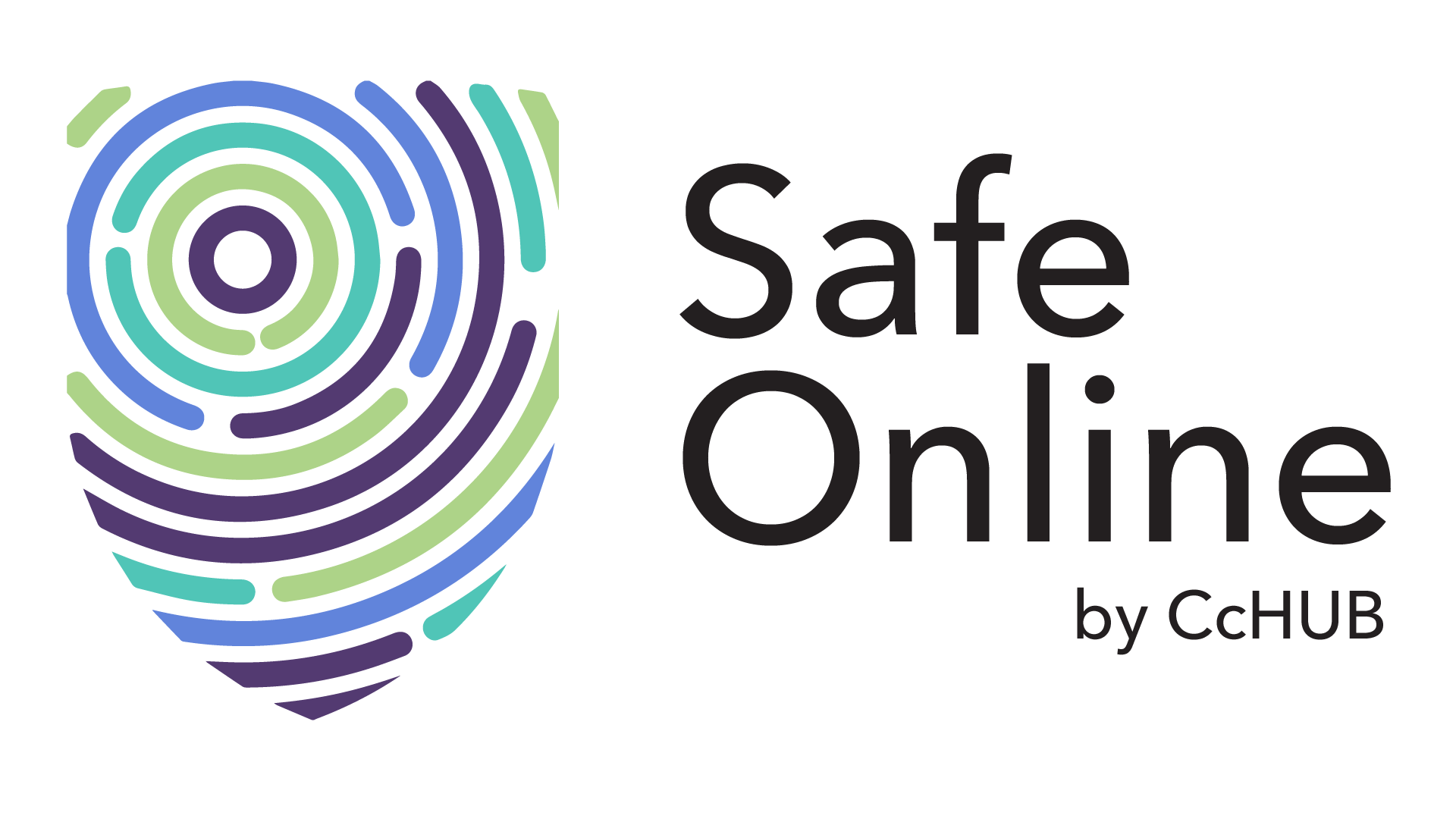You received an email with an attachment. Do you download it? Follow these steps to make a safe decision.
READ WARNINGS
- If your email service or antivirus software warned the attachment is dangerous, DO NOT DOWNLOAD!
- Some hackers will “warn” you that you should ignore such alerts. This is a trick! NEVER IGNORE MALWARE ALERT
EXAMINE MESSAGE
Did it come from a legitimate source? Does the content of the email look normal? Would you expect an attachment from this sender? If you answered NO to any of these, the attachment is likely MALICIOUS
INSPECT FILE EXTENSION
Take a look at the file extension (the part that follows the dot). Be suspicious of the following etensions:
- .EXE
»» DO NOT DOWLOAD! This is an executable file - .ZIP, .7z, .RAR and other archived files
»» Archiving is a common way to hide malware from anitivirus
»» Be extra suspicous of password-protected acrhives - DOCM, XLSM, PPTM
»» These documents contain MACROS, or scripts hackers often use to run malicious code - UNKNOWN or MISSING EXTENSIONS
»» If you don’t recognize the extension DO NOT TRY OPENING THE FILE!
USE CAUTION
- Even if a file is a simple DOC or PDF document, think twice before opening it
- If you can, contact the sender using an alternative channel (email or IM) to verify
- Use your email client Preview feature before downloading
- Make sure that all software you use for viewing documents has the latest security patches installed
StaySafeOnline
@Safeonline_NG
